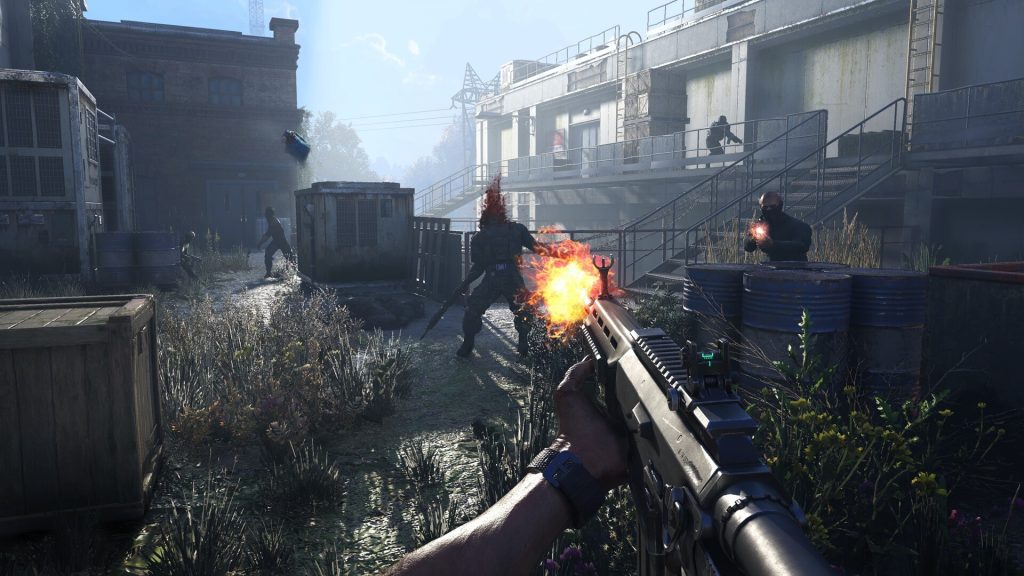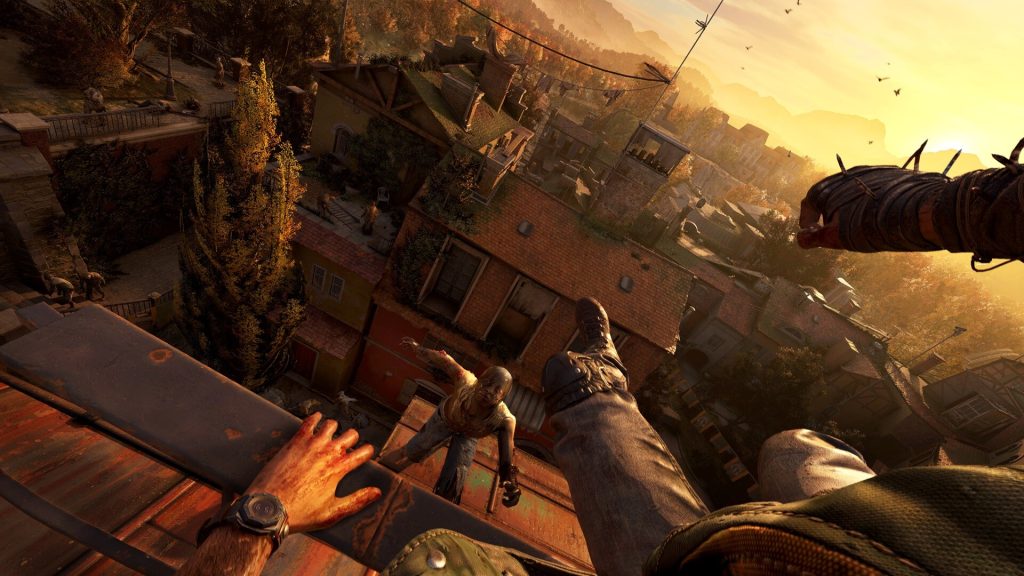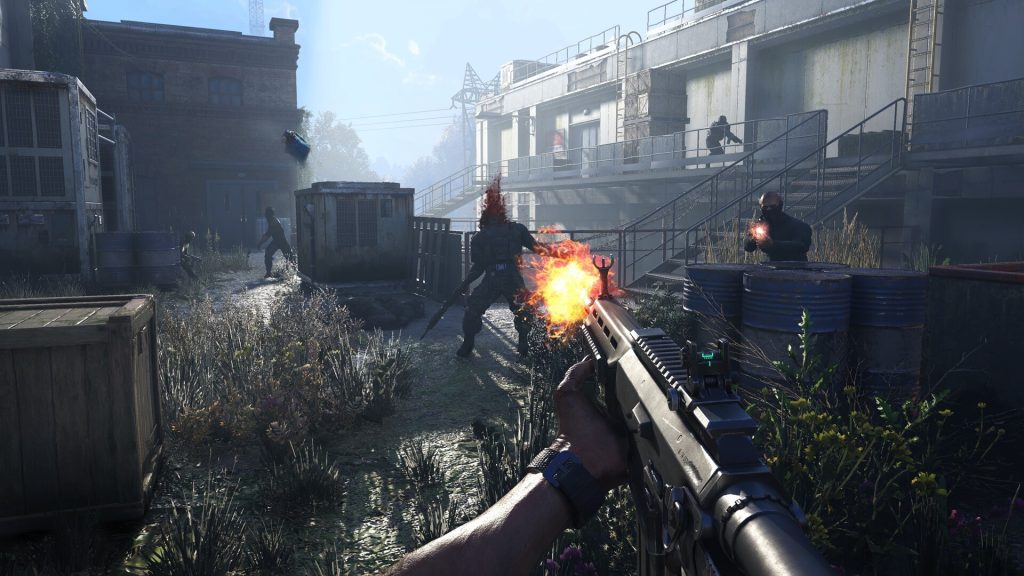It’s rare that an open-world game feels so focused and tied into its narrative and mechanics in the way that Techland has achieved with Dying Light: The Beast. The Castor Woods almost feel like they’re a character in the game, invested in Kyle Crane’s quest for revenge against The Baron, giving him the tools he needs to achieve his goals while still holding back enough to make the journey to get there mean something in the process.
But what sets the Castor Woods apart from Harran or Villedor, the two previous locations in the Dying Light franchise? How does a map that’s smaller in size manage to somehow feel larger in scope than the ones that came before it? Why did it feel like the Castor Woods called to me at nearly every turn as I went about my grim business in The Beast?
I’m here to answer those questions and more as I dive into why the open world in Dying Light: The Beast is my favorite one in the franchise, and perhaps among my favorite ones of all time. Let’s get started!
Miles To Go Before I Sleep
From the moment Kyle stepped out of The Baron’s lab and began his latest adventure, I was stunned by how visually appealing the Castor Woods were. Colors popped out from my screen, underlining a level of visual detail and a draw distance that showcased just how well Techland has been able to utilize the power of current-gen platforms to deliver a very immersive experience.
But it isn’t the visuals alone that made the Castor Woods as great as they are in my book. There’s also the fact that nearly every square inch of them felt like it had something worthwhile to do, or find, as I raced through them on the way to find more supplies for upgrades, or perhaps pick up a new piece of gear that would make taking on the Infected a tad easier.

It’s quite easy for open worlds to feel repetitive after the awe and wonder of the initial few hours wears off. Techland ensured that such feelings of fatigue had no place in the Castor Woods by creating an exploration loop that felt rewarding not because of size, but because of the variety that simmered under the surface of a narrative that sought every excuse to have me out in the field.
It felt like I was running into a new town or a point of interest every few miles, with each step of the way punctuated by the danger of being torn to shreds by a group of Infected, or perhaps finding a useful way to take a bunch of them down and net some valuable materials in the process. That varied district identity is a huge part of making the Castor Woods feel bigger than they actually are.
Aside from that illusion of a larger map, Techland’s world was a labor of love, packing a lot of environmental storytelling into the exploration loop. Having a world that was built off of a location that many of its developers had actually grown up in allowed the team to pepper signs of life within the game’s borders, a somber reflection of a world that had existed prior to the THV virus’ rampage, and one that would continue to endure long after its now mutated denizens meet a rather grizzly end. It felt handcrafted and personal, a showcase of how Techland aimed to build a world that players would get lost in and find themselves unable to resist exploring, no matter how riveting the story missions they were on their way to were.

Finding those signs of former lives made the entire experience feel meaningful in ways that other open worlds often fail to capture. The Castor Woods were alive, teeming with potential discoveries that allowed Techland to navigate away from any danger of repetition in its open world.
But it doesn’t matter how visually stunning or engagingly explorable a video game’s open world is if getting around in it is tedious. But Techland’s take on parkour in the Dying Light franchise scaled new heights in the Castor Woods, allowing Crane to make excellent use of all the skills he picked up back when his story began while building on them in many ways.
How, you ask? I’m happy to answer!
Peak Parkour Performance
Momentum-driven movement was the name of the game in The Beast, and well-optimized performance worked very well with the first-person point of view to make parkour in the game feel fresh yet familiar, a balance that made getting from point A to point B both stylish and just plain old fun!
Every route that I had to craft on the fly as I was on the run from Infected, and god forbid a Volatile, made me feel like I was in absolute control of the chase. There was also a sort of verticality to the game that made it feel like escape was always an option, even when I was surrounded by a horde I had no hope of beating, while the knowledge that I might be leaving something valuable behind by not scaling that ledge in front of me was often reason enough for me to pause and give Kyle a breath.

New animations and well-placed rooftops, ledges, cranes, poles, and interior cut-throughs made certain that any city environment in the Castor Woods was not only easy to traverse but also quite a lot of fun. There was always more than one way to get to a location I wanted to visit, and having that sense of freedom was incredibly liberating in comparison to other open-world titles where fast-travel would often take the driver’s seat once I unlocked a few convenient locations.
The omission of a fast-travel system in The Beast is not only a clever move from Techland but also a showcase of its confidence in the traversal mechanics it implemented in the game. It allowed the open world to just draw me in and keep me invested in finding everything it had to offer without even breaking a sweat.
It also helped that there were a few vehicles to step into from time to time when exploring the woods, where handholds for Kyle might have been a little hard to find, although I must say I rarely found that to be the case. Tight driving controls meant that I was plowing through groups of Infected, stopping only to pick up crafting materials and supplies before hopping back into the driver’s seat and speeding away. Not only was that a welcome break from leaping and swinging across ledges, but it did help feel like I always had another way to get to a far-off location, making the need for a fast-travel system in The Beast almost redundant.
The Castor Woods were an absolute pleasure to explore, and not just for the reasons I’ve discussed above. There’s one other facet of the experience I’m yet to touch upon.
A Completionist’s Dream

The Traversal skill tree is the final piece of a very satisfying puzzle. Unlocking the ability to use even the Infected as platforms for my next parkour trick, or one where I could just barrel through a group without having to slow down, opened up so many creative ways to get ahead or start fights in the game.
Each skill was well-implemented, giving a new twist to an already perfect parkour system while making the Castor Woods a map that just had to be explored in all its entirety. And with all of the side missions, challenges, collectibles, and useful gear strewn about its many locales, exploring every nook and cranny certainly took me a while, even at the expense of delaying a story mission on many occasions.
The world was also the perfect stage for the franchise’s day-night cycle to create some very unpredictable hours of exploration, often leaving me far from where I’d originally intended to go, which I took in my stride by choosing to look around wherever I landed up, considering that there was sure to be something of value or interest to find.

It’s rare that exploring a new world takes precedence over blazing through the main story in a game for me. And when you consider that Dying Light: The Beast also takes things up a notch on the narrative front, that’s really saying something. The Castor Woods are so deliciously enticing, encouraging organic exploration by invoking the natural curiosity of anyone who finds themselves exploring them.
I’ve been very impressed by how Dying Light: The Beast balances the survival and horror aspects of the experience, and it does that really well. The Castor Woods are very much a part of that balance, and Techland’s take on an open world is one that I hope inspires other studios in the future and beyond.
Now, excuse me while I go check out yet another dark zone for what I believe is a new set of bracers that I’ve had my eye on for a while!
Note: The views expressed in this article are those of the author and do not necessarily represent the views of, and should not be attributed to, GamingBolt as an organization.




This post highlights some intriguing points about Dying Light and its approach to open-world design. It’s great to see how the game successfully blends narrative and mechanics, creating a more immersive experience. Looking forward to hearing more about its features!
I completely agree! The way Dying Light weaves its narrative into the gameplay truly enhances the overall experience. It’s interesting to see how the day-night cycle impacts not just the mechanics but also the tension in the story, creating a unique atmosphere.
Absolutely! The integration of environmental storytelling really makes the world feel alive and immersive. Plus, the dynamic day-night cycle adds an extra layer of tension that keeps players engaged throughout their journey.